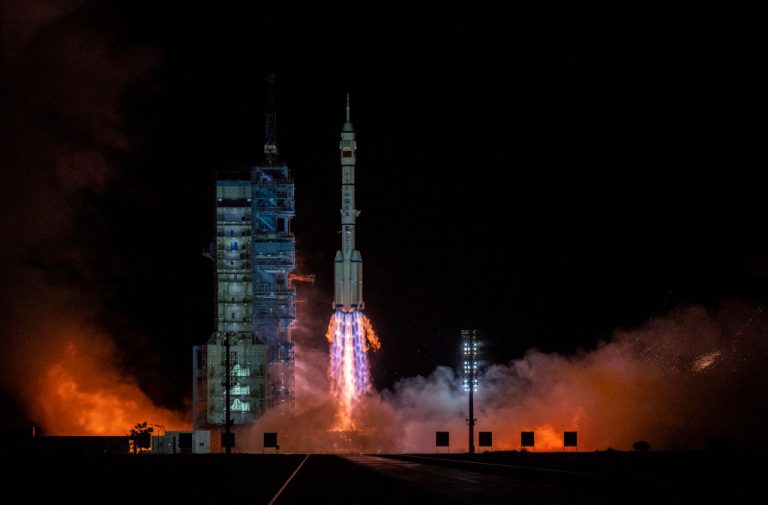China launched its debris cleaning Shijian 21-satellite on Saturday, sparking concerns among defense specialists as it clearly demonstrates China’s taking the lead in aerospace weaponization.
However, the satellite is said to be “tasked with demonstrating technologies to alleviate and neutralize space debris.”
This latest act of saber-rattling has worried several aerospace defense specialists, who have been sounding the alarm for some time now.
“Beijing actively seeks space superiority through space and space attack systems,” Commander, U.S. Space Command, James Dickinson, said while testifying on April 20 before a Senate Armed Services Committee session dedicated to concerns about China’s weaponized space program.
READ MORE: China’s Nuclear-Capable Hypersonic Missile Test Takes Washington by Surprise – Vision Times
Success
You are now signed up for our newsletter
Success
Check your email to complete sign up
The problem lies with the fact that the vehicle has multiple applicable tasks and can also be deployed to exterminate hostile spacecraft, as Dickinson explained:
“One notable object is the Shijian-17 (similar to the Shijian-21), a Chinese satellite with a robotic arm. Space-based robotic arm technology could be used in a future system[s] for grappling other satellites.” Dickinson added.
These tasks could be utilized in conjunction with a broader range of tactics involving several types of ground-launched anti-satellite missiles capable of hitting satellites in low-, medium- and high-altitude orbits, and electronic jammers and lasers.
“We see their capabilities from direct-ascent ASAT (anti-satellite capabilities) to on-orbit activity that they’ve done with that capability,” he said.
On Oct. 16, China launched a manned module Shenzhou-13 into orbit, asserting its dual potential to perform peaceful missions.
“China will work together with other countries in the world for the peaceful use of space and the benefit of mankind,” Foreign Ministry spokesperson Zhao Lijian said at the time of launch, reassuring it “involved a spacecraft rather than a missile.”
China’s space weapons build-up also is steeped in deception, Dickinson remarked. “All the while, China continues to maintain their public stance against the weaponization of space,” he added.
In August, China rocked the planet by launching a hypersonic missile that circumvented the earth in minutes before it crashed only a few miles away from its intended target, stunning U.S. intelligence aerospace spotters, who claimed they missed it.
“We have no idea how they did this,” said an unidentified source familiar with the matters revolving around aerospace defense about the launch of the hypersonic missile, the Financial Times reported.
Fox hostess Laura Ingraham was so vexed by the apparent “blasé response” of the Biden administration stating that the Biden team “worries more about the Republican threat than it worries about the threat caused by the CCP,” on her Oct. 20 show.
Ingraham concluded: “So long as we’re hampered by Biden and our current military and intel leadership, China must be regarded as the dominant power in Asia and the most powerful country in the world.”














